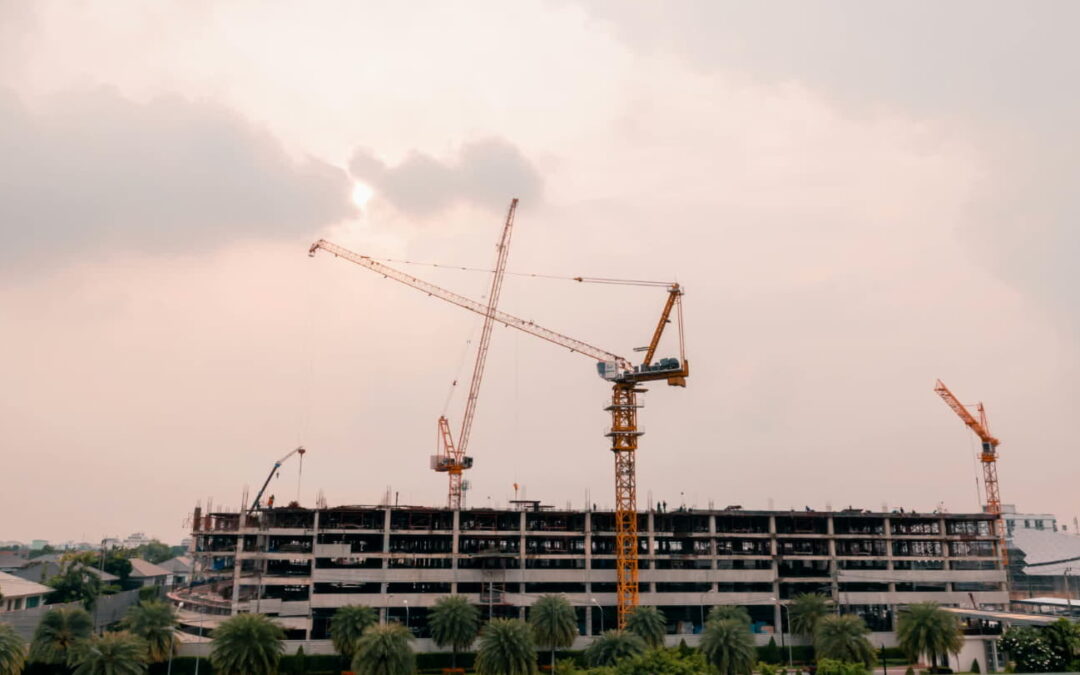Capturing the progress of a building project through a construction time-lapse video isn’t just for marketing purposes. Construction projects are complex endeavors that require careful planning and execution. A timelapse can provide valuable insights, documentation, and even serve as a marketing tool.
Of course, it takes just as much planning to ensure a smooth, accurate sped-up recap of the process. Let’s explore the crucial dos and don’ts of the two main aspects of preparing a construction time lapse.
Part 1: Planning Your Time-Lapse Project
DO: Choose the Right Equipment
Investing in quality cameras and accessories is essential for capturing high-resolution images. Opt for cameras with good low-light capabilities and interchangeable lenses. Consider wide-angle lenses to capture the entire construction site, and sturdy tripods for stability.
DON’T: Overlook Weather Conditions
Rain, wind, and extreme temperatures can pose challenges during a construction site time-lapse project. Protect your equipment by using weatherproof covers or enclosures. Ensure uninterrupted shooting by planning shoots on days with favorable weather conditions.
DO: Select the Optimal Location for Your Camera
Consider factors such as the angle, height, and accessibility when choosing the location. Find vantage points that provide a comprehensive view while keeping your camera safe and secure.
DON’T: Forget About Power Supply and Storage
To ensure uninterrupted shooting, arrange for a continuous power supply. Solar panels or battery packs can be viable options. Ensure storage for the large number of images captured throughout the project.
Part 2: Setting Up and Executing Your Time-Lapse
DO: Determine the Appropriate Shooting Interval
The shooting interval determines the pace of your time-lapse video. Consider the project duration and desired video length. Too many images can result in a lengthy video; too few may not effectively showcase the construction progress.
DON’T: Neglect Camera Settings
Set your camera to manual mode to ensure consistent image quality throughout the time-lapse. Adjust settings like ISO, aperture, and white balance according to the lighting conditions. Consistency is key to creating a smooth and visually appealing video.
DO: Monitor Your Time-Lapse Regularly
Regularly check on your camera equipment and image quality to ensure everything is functioning properly. Monitor for issues such as focus or exposure problems and make necessary adjustments.
DON’T: Disregard Legal and Safety Considerations
Before starting your time-lapse project, obtain any necessary permits and permissions required by local authorities. Ensure safety on the construction site by adhering to safety guidelines and precautions.
Conclusion
By following these crucial dos and don’ts, you can prepare a successful construction time-lapse video. The result is a seamlessly produced capture that can be applicable in a number of sites.
Related Source: Time Lapse Company
